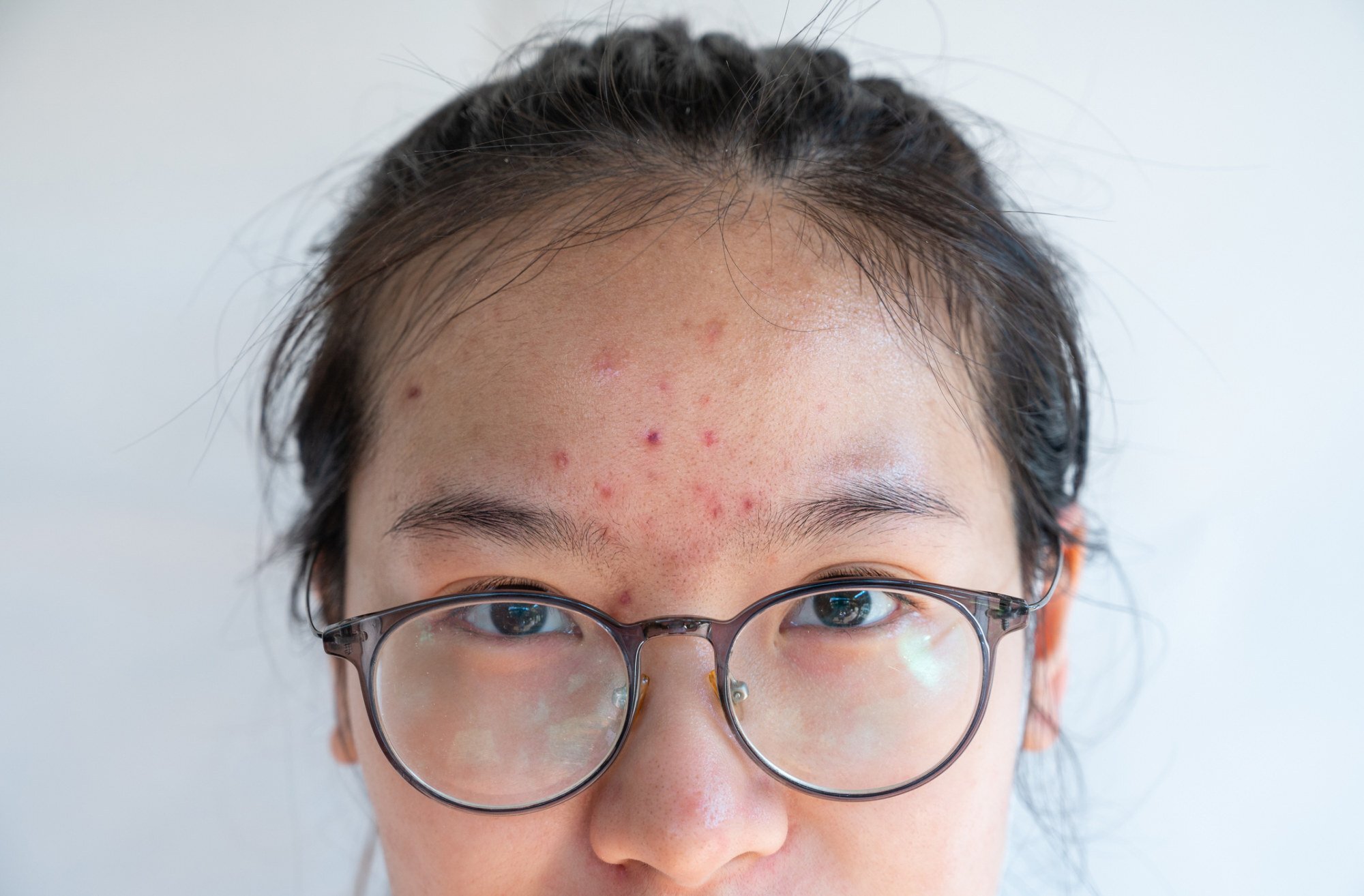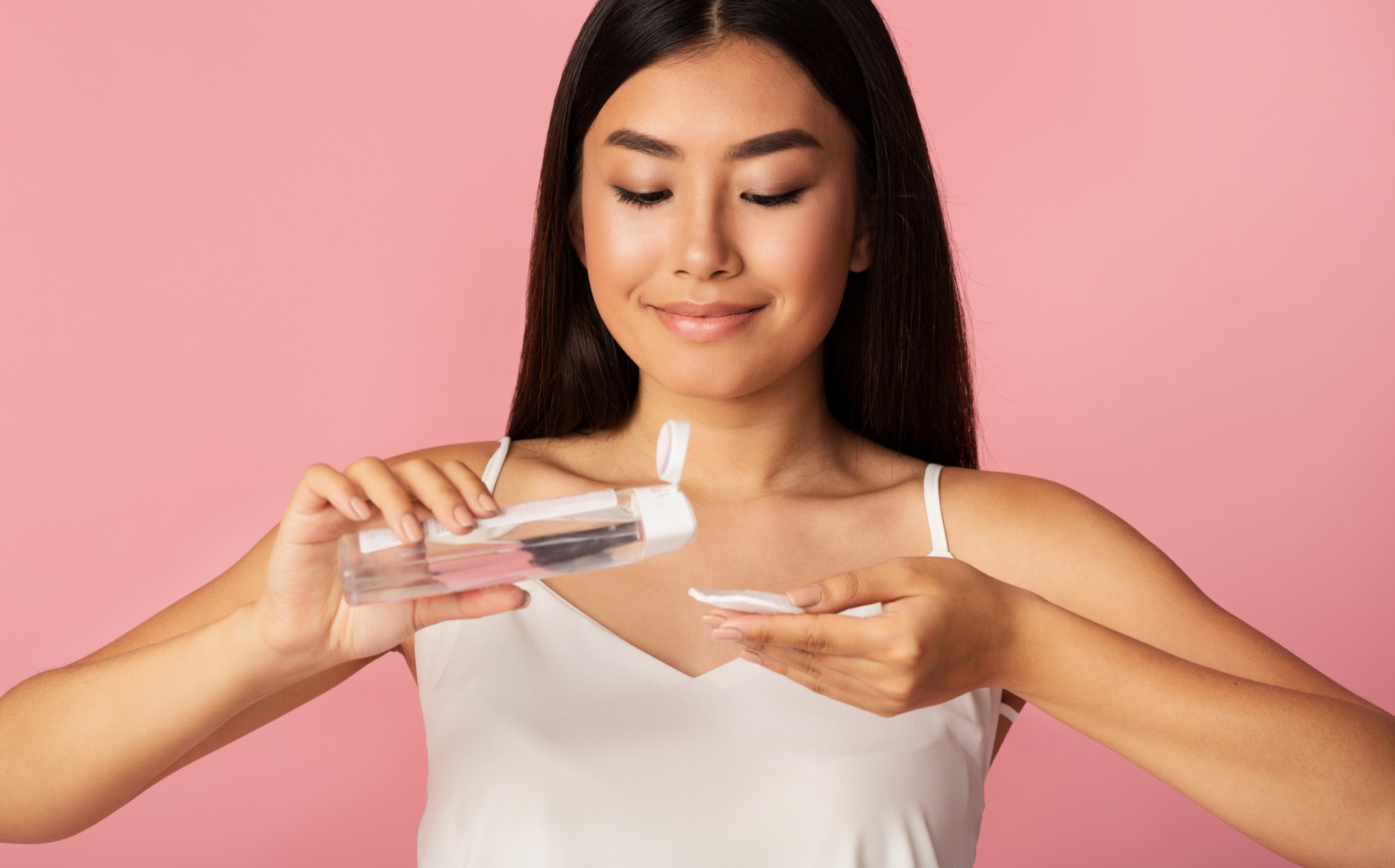
Do you have persistent acne? 5 sneaky reasons your skin may be struggling with breakouts, and some simple fixes
- Apart from ‘maskne’, there may be other reasons your skin is breaking out, from make-up hygiene to not moisturising
- These five reasons have common-sense solutions that don’t call for drastic action or strong chemicals
While “maskne”, acne caused by wearing face masks, has been something many of us have had to deal with throughout the coronavirus pandemic, there may be other reasons you’re struggling with breakouts that are more sneaky.
Before you throw your hands up and attack your skin with benzoyl peroxide, which can leave it extremely dry, have a look at whether any of these may be the cause of your problem.
1. Don’t work against your skin
Many people make a mistake, thinking they’re breaking out because their skin is too oily, and decide against moisturising.

Body acne: what it is, why it happens and how to treat it
2. Keep it clean
Sure, changing your bedding can be a chore. But even if you don’t change the whole set every week, consider replacing your pillowcases weekly.
Unless you sleep on your back, your face is resting on your pillows for hours every night – a lot of time for your skin to be in contact with a surface that’s full of bacteria, and can cause acne.

3. Get out of the bathroom!
For a room where you get clean, the bathroom is often the reason your skin is breaking out if you keep your skincare products or make-up in there.
With every flush of the toilet, if the lid isn’t down tiny aerosol droplets carrying bacteria are sprayed up to two metres (six feet) into the air. If you keep make-up and make-up brushes in there, trace elements of urine and faeces are getting on everything that touches your face, for sure. Not to mention … your toothbrush.
Beauty lovers want single-ingredient skincare, not fancy formulas
Even if you flush with the lid down, it’s best not to keep make-up products and tools in the bathroom, as it’s a regularly humid environment and humidity breeds bacteria. Keep them somewhere dry and out of the sun, and clean your tools regularly.
4. Double cleanse
One of the biggest mistakes people make is relying on just one cleanse in the evening, when the first cleanse really only loosens up and breaks down the make-up or sunscreen. It’s the second cleanse that really gets everything off.

This is especially true with micellar water and make-up-removing wipes. Both tend to be astringent products, which can dry out the skin. And if you’re just wiping your face – by the way, all that tugging at the skin, even if it’s gentle, will start to show over time – you might be removing some product but you’re mostly just moving it around rather than taking it off. (Which is why make-up removing oils or balms are better options.)
Relying only on micellar water or removing wipes is the equivalent of scrubbing dirty dishes with a sponge and detergent, but not rinsing them clean and just letting the soap and food residue dry on the crockery before using them again. Do a second cleanse with a cleanser that suits your skin type.
5. You are what you eat
One final under-the-radar offender is foods we may be sensitive to, and this one is extra sneaky because it’s different for everyone, and not everyone experiences breakouts along with their food sensitivities.

If you subscribe to traditional Chinese medicinal beliefs the logic won’t be new to you: eating foods you’re sensitive to will cause irritation, swelling and inflammation in your gastrointestinal tract, and imbalance in the body will reveal itself as reactions on your skin.
If you experience persistent breakouts that no amount of skincare products can reduce, before you resort to more drastic measures like tretinoin, or retonoic acid – medication for acne – ask your dermatologist if you should try cutting out common culprits.
Many people experience improvement in their skin after cutting out or limiting their consumption of sugar or dairy products, so maybe start there.

